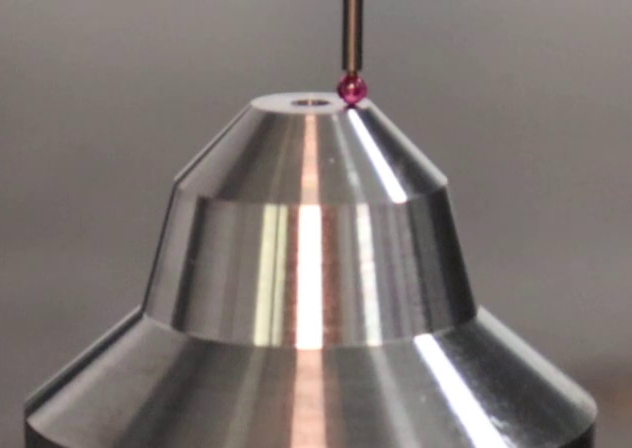Progress update on the development of The User Adjustable Pole-piece
- Abstract number
- 170
- Presentation Form
- Poster
- DOI
- 10.22443/rms.mmc2023.170
- Corresponding Email
- [email protected]
- Session
- Poster Session One
- Authors
- Patrick McBean (1, 2), Germano Motta Alves (1), Dr Lewys Jones (1, 2)
- Affiliations
-
1. School of Physics, Trinity College Dublin
2. Advanced Microscopy Laboratory, CRANN, Trinity College Dublin
- Keywords
transmission electron microscopy, electron optics, objective-lens, pole-piece gap
- Abstract text
Despite the Transmission Electron Microscope’s (TEM) extensive usage in both physical and life sciences, it remains a major investment (often several million pounds [1]) due to both the large upfront cost, and continuous expenses over its perhaps 15-year lifetime. The performance of the TEM is determined by the crucial pole-piece gap [2] which must balance between resolving capability and sample accessibility, with the former usually being preferred by the physical sciences community, and the latter by the analytical/life-science community. The User Adjustable Pole-piece (UAP) [3] offers a pole-piece gap which can be adjusted by the microscopist to suit a variety of experiments, thus reducing the need for duplicate infrastructure. However, space in the pole-piece is tight, and mechanical access to the chamber is achieved through sharing the Anti-Contamination Device (ACD) port. The cryogenic system has been redesigned to fit the UAP and its required mechanical feedthrough while preserving the vacuum in the chamber.
Figure 1: Verification of the pole face dimensions via Coordinate-Measuring Machine (CMM).
Furthermore, the formation of a high-quality magnetic field within the UAP requires extreme precision within the manufacturing process, so the tolerances of all UAP parts are carefully verified using a Coordinate-Measuring Machine (CMM). Here we will present the redesigned cryogenic system and both computational and physical testing of it. We will also show our progress in the manufacturing and validation process, including discussing aberration estimates derived from our dimensional measurements and 3D magnetic field simulations using COMSOL Multiphysics.
- References
[1] G. Owen, “Purchasing an electron microscope? – Considerations and scientific strategies to help in the decision making process,” Wiley Analytical Sciences, 2018.
[2] K. Tsuno and D. A. Jefferson, Ultramicroscopy, vol. 72, no. 1–2, pp. 31–39, Apr. 1998.
[3] P. McBean, P. Murphy, R. Sagawa, and L. Jones, Microsc. Microanal., vol. 28, no. S1, pp. 2636–2638, Aug. 2022.
[4] We acknowledge funding from Science Foundation Ireland (URF/RI/191637), the AMBER Centre (17/RC-PhD/3477), & Enterprise Ireland (CF-2021-1769-A). We also acknowledge JEOL Tokyo for fruitful discussions and insights.

